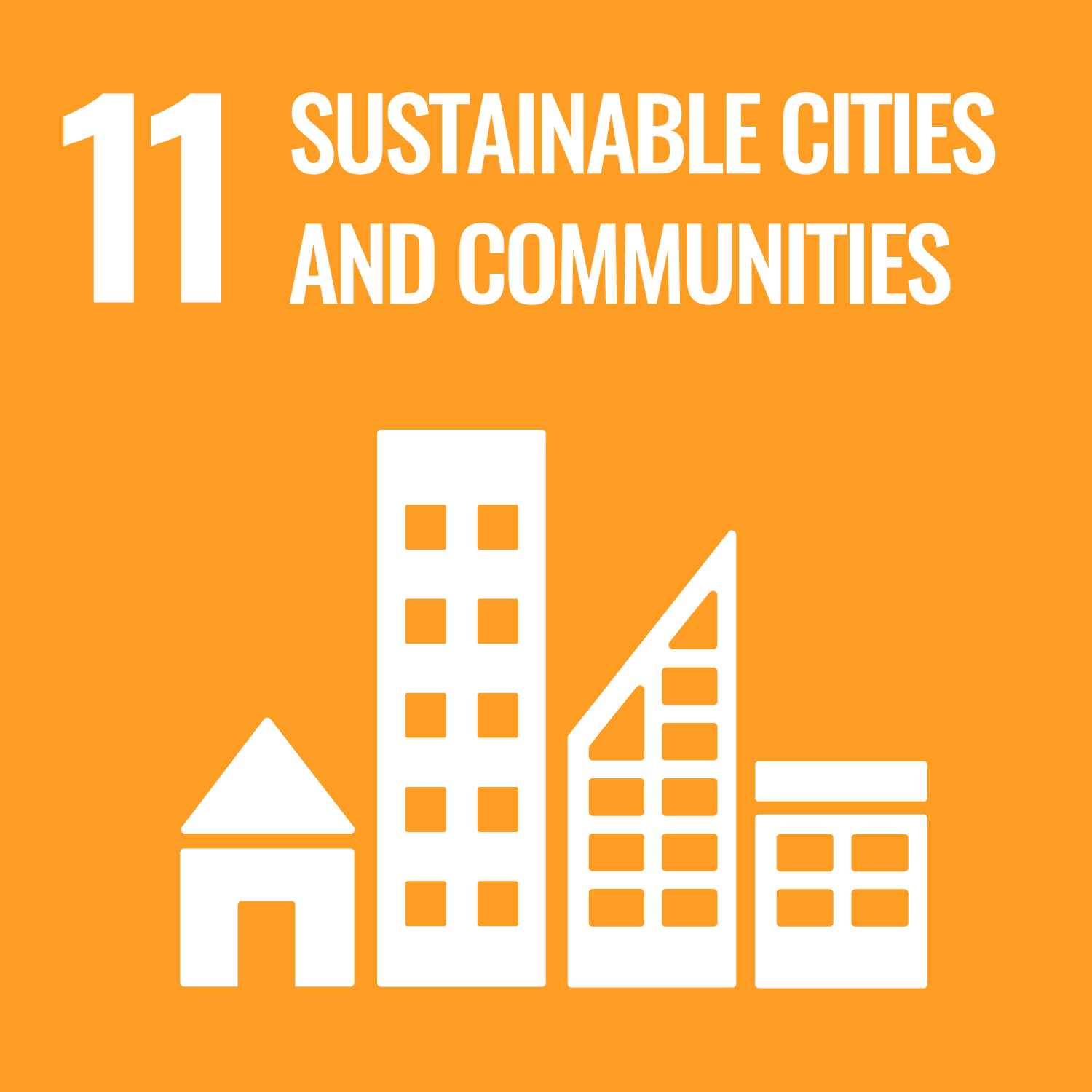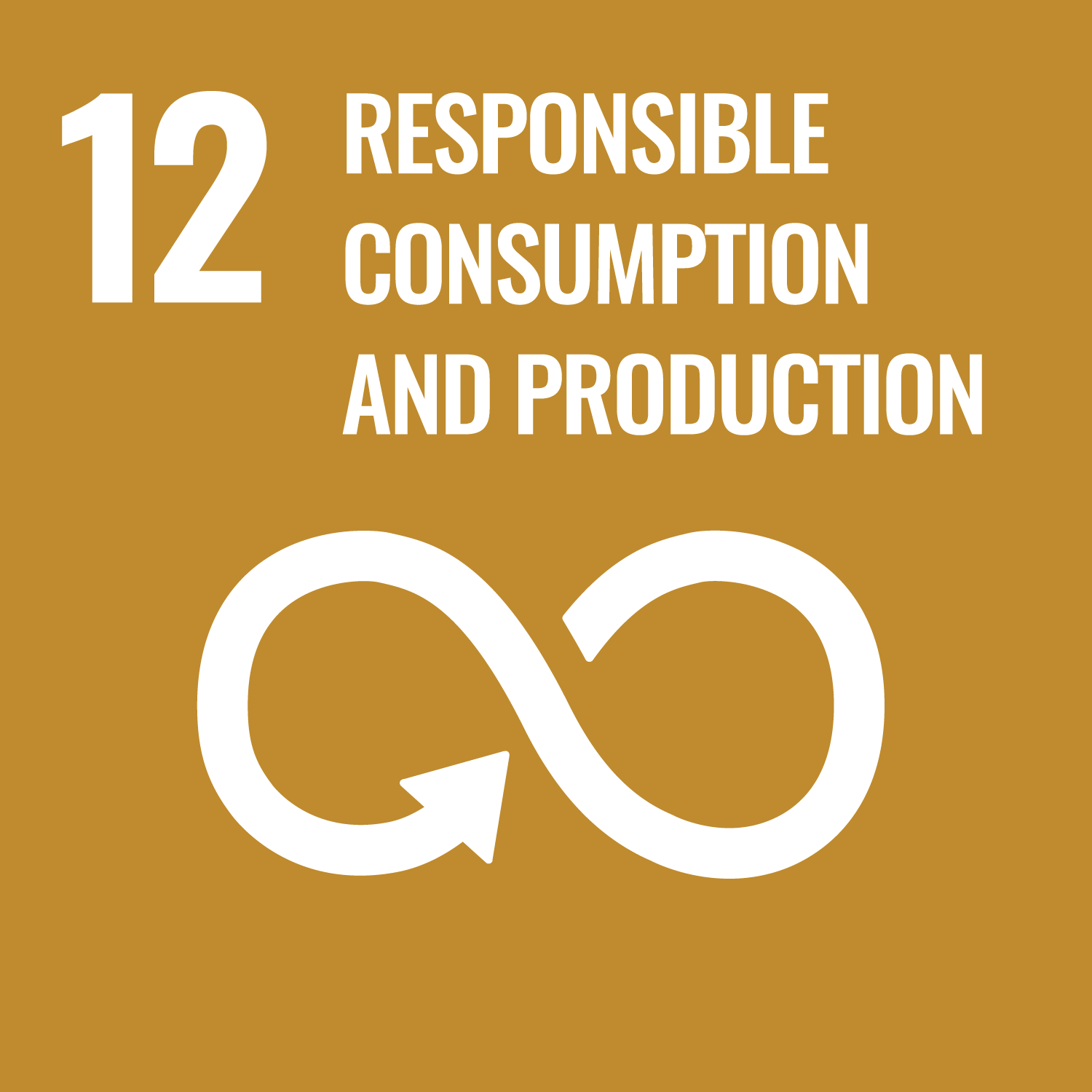Hafez, H. orcid.org/0009-0004-8917-680X, Bajić, P., Aidarov, S. et al. (4 more authors) (2024) Parametric study on the decarbonization potential of structural system and concrete mix design choices for mid-rise concrete buildings. Materials and Structures, 57 (4). 85. ISSN 1359-5997
Abstract
Mid-rise reinforced concrete buildings are projected to continue being the predominant typology for urban development. Thus, reducing the carbon footprint of such buildings is critical for achieving a sustainable built environment. Reducing the amount of concrete and steel in a building through structural and mix design optimization is identified as a primary resource efficiency strategy. This paper is among the first to present evidence of the decarbonization potential of these dematerialization strategies on a building level. The study combines structural design choices such as slab system design, steel reinforcement optimization and span width with materials-based strategies, such as low binder concrete and low-carbon binders. For each scenario, material quantities are calculated following design prescriptions by EN1992–1–1 while state-of-the art life cycle inventory data are adopted to calculate the carbon footprint. Results show that shifting towards more efficient structural systems (i.e., waffle slab system) could save up to 20% of the carbon footprint on the building level compared to more traditional systems, such as slab on beams and flat slabs. In addition, reducing the spans from 7.5 to 5 m can save up to 20% more. Finally, the use of low-clinker cement in low-binder concrete can save another 50% in terms of CO2 impact per built-up area. Realistically, results of the case study concluded that implementing these three strategies could reduce the typical 232 kg CO2e/m2 value of the carbon footprint of structural elements of a mid-rise building up to only 58 kg CO2e/m2, i.e., a four-fold reduction.
Metadata
| Item Type: | Article |
|---|---|
| Authors/Creators: |
|
| Copyright, Publisher and Additional Information: | © The Author(s) 2024. This article is licensed under a Creative Commons Attribution 4.0 International License, which permits use, sharing, adaptation, distribution and reproduction in any medium or format, as long as you give appropriate credit to the original author(s) and the source, provide a link to the Creative Commons licence, and indicate if changes were made. The images or other third party material in this article are included in the article's Creative Commons licence, unless indicated otherwise in a credit line to the material. If material is not included in the article's Creative Commons licence and your intended use is not permitted by statutory regulation or exceeds the permitted use, you will need to obtain permission directly from the copyright holder. To view a copy of this licence, visit http://creativecommons.org/licenses/by/4.0/. |
| Keywords: | Life cycle assessment; Structural optimization; Concrete slab; Structural system; Low carbon concrete; Supplementary cementitious materials |
| Dates: |
|
| Institution: | The University of Leeds |
| Academic Units: | The University of Leeds > Faculty of Engineering & Physical Sciences (Leeds) > School of Civil Engineering (Leeds) |
| Depositing User: | Symplectic Publications |
| Date Deposited: | 24 Oct 2024 14:41 |
| Last Modified: | 24 Oct 2024 14:41 |
| Status: | Published |
| Publisher: | Springer |
| Identification Number: | 10.1617/s11527-024-02367-1 |
| Sustainable Development Goals: | |
| Open Archives Initiative ID (OAI ID): | oai:eprints.whiterose.ac.uk:218764 |



 CORE (COnnecting REpositories)
CORE (COnnecting REpositories) CORE (COnnecting REpositories)
CORE (COnnecting REpositories)